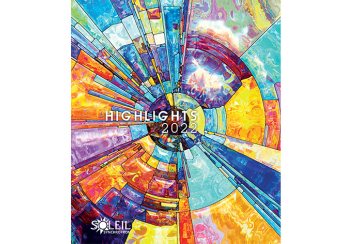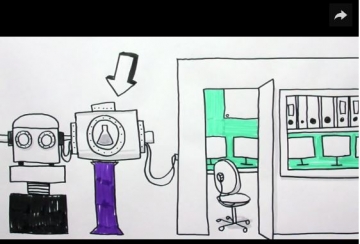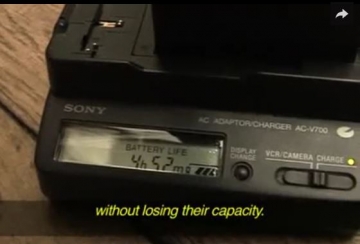
Dispersive Optics EXAFS
ODE (Optique Dispersive EXAFS)
Study of a wide variety of materials in extreme conditions.
X-ray absorption spectroscopy has progressed in the last twenty years to become one of the most widely used techniques in the science of materials. It helps identify the most absorbing element while specifying its chemical state (an oxidized metal will not give the same signal as a pure metal), the number and nature of neighboring atoms as well as their distance from the excited atom.
The principle of this line, which makes it possible to focus on the sample - without having to move - the entire energy range required for the instantaneous recording of the absorption spectrum, is particularly adapted for rapid kinetics experiments (in the area of a millisecond), as well as for absorption measurements under extreme conditions of pressure and temperature. The main set of themes involves geosciences, chemical reactivity and the transitions of phases with particular emphasis on high-pressure magnetism.
Team
Employment
Access to the SOLEIL employment web page
Technical data
3.5-25 KeV
7000 (Si 111)
25000 (Si 311)
Bending magnet
- under vacuum bent single crystal polychromator,
- One under vacuum 1300mm long mirror,
- One air 250 mm flat mirror.
- High pressure cells with low or high T: 3k to 500K
- stopped flow
- Cryostat down to 3 K
- Magnetic field up to 1.3T
~ 5.109 photons s-1eV-1 @ 7KeV in 25*35 μm FWHM
- two CCD camera coupled with scintillator
- one fast Ultra DAC quantum detector (micro second )
- various X-ray camera for optics alignment
Scientific Opportunities
| Materials under extreme conditions |
The main effect of high pressure is to reduce the interatomic distances and therefore to modify the interaction between atoms. High pressure, possibly combined with high or low temperature, is experimentally produced using diamond anvil cells. In these cells, the sample room is typically 125 μm in diameter and 20 μm in thickness. Thanks to its focusing optic, the X-ray dispersive set-up is particularly well adapted to high pressure XAS experiments. |
|---|---|
| Chemistry and time resolved measurements |
At the present time, dispersive XAFS is the unique way to collect EXAFS spectra in a sufficient photon energy range in a few μs. This is a valuable characteristic of the technique which allows to follow the kinetic of chemical reactions. Electrochemical problems or synthesis studies have been undertaken in the past and should develop in the future. |
Magnetic characterization of materials by X-ray Magnetic Circular Dichroism X-ray Magnetic Circular Dichroism is a selective technique where we measure <M>, the mean value of the magnetic moment on a given atomic site. The XMCD studies that can be planned on the dispersive EXAFS beam line at SOLEIL concern characterization of bulk or nano objects, magneto-volumic effects with the combined applications of high pressure and magnetic field, high spin-low spin transitions on molecule-based magnets.




